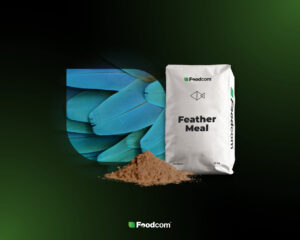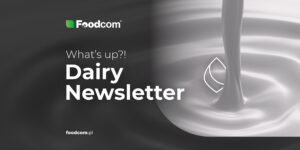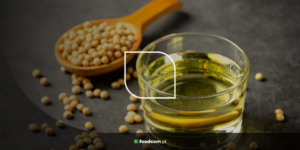Summary
Table of contents
Have you been looking for more info about feather meal? Take a look at an interesting animal feed additive gaining popularity in recent years. Read about how the feather meal is produced and how it can benefit the prosperity of the business.
Feather meal is an excellent example of the effective use of animal by-products. It is produced from raw material obtained after poultry slaughtering.
Feathers are wastes resulting from the processing of broilers, turkey, ducks, and other poultry species. The protein content in feathers is very high, but it requires industrial processing to render it more digestible. Therefore, feather material undergoes the process of high-temperature pressure-cooking and grinding into a meal. Additionally, feather proteins can be hydrolyzed to render them even more digestible by non-ruminant animals.
Hydrolyzed feather meal is easy to digest with high protein content and a beneficial amino acid profile containing glycine, cystine, arginine, and phenylalanine. It is also rich in calcium and phosphorus as well as keratin – a protein characterized by high stability and low solubility.
Feather meal is gaining its popularity as a nutritious ingredient in feed mixes for animals, particularly ruminants and swine. In pig diets, feather meal is praised for its energy content. Feather meal supplementation increases general performance, feed intake, protein and nutrient absorption, and body weight gain. The product may also improve breeding ability, growth efficiency, and skin quality. It also reduces the risk of dietary deficiency and skin diseases.
Feather meal is also widely used as an organic fertilizer. Its usage is gaining more popularity due to increasing consumer awareness and preferences of avoiding chemical products in crop cultivation. Feather meal in fertilizers provides a high nitrogen supply which improves soil structure and enhances plant growth.
Feather meal market was estimated to be worth $359.5 million in 2020. The market is expected to grow at an 8.6% CAGR between 2020 and 2030. By the end of that period, its value is projected to reach $820 million. North America holds the largest share of the market with over 47% and is expected to further hold the primary position. Europe owes around 21% and the Asia Pacific is responsible for 15.3% of the global market share. North America and the Asia Pacific are the two most competitive regions on the feather meal market with the latter showing much potential for development due to its high-scale poultry cultivation.
Feather meal is an excellent example of the effective use of animal by-products. It is produced from raw material obtained after poultry slaughtering.
Feathers are wastes resulting from the processing of broilers, turkey, ducks, and other poultry species. The protein content in feathers is very high, but it requires industrial processing to render it more digestible. Therefore, feather material undergoes the process of high-temperature pressure-cooking and grinding into a meal. Additionally, feather proteins can be hydrolyzed to render them even more digestible by non-ruminant animals.
Hydrolyzed feather meal is easy to digest with high protein content and a beneficial amino acid profile containing glycine, cystine, arginine, and phenylalanine. It is also rich in calcium and phosphorus as well as keratin – a protein characterized by high stability and low solubility.
Application and benefits
Feather meal is gaining its popularity as a nutritious ingredient in feed mixes for animals, particularly ruminants and swine. In pig diets, feather meal is praised for its energy content. Feather meal supplementation increases general performance, feed intake, protein and nutrient absorption, and body weight gain. The product may also improve breeding ability, growth efficiency, and skin quality. It also reduces the risk of dietary deficiency and skin diseases.
Feather meal is also widely used as an organic fertilizer. Its usage is gaining more popularity due to increasing consumer awareness and preferences of avoiding chemical products in crop cultivation. Feather meal in fertilizers provides a high nitrogen supply which improves soil structure and enhances plant growth.
Global market
Feather meal market was estimated to be worth $359.5 million in 2020. The market is expected to grow at an 8.6% CAGR between 2020 and 2030. By the end of that period, its value is projected to reach $820 million. North America holds the largest share of the market with over 47% and is expected to further hold the primary position. Europe owes around 21% and the Asia Pacific is responsible for 15.3% of the global market share. North America and the Asia Pacific are the two most competitive regions on the feather meal market with the latter showing much potential for development due to its high-scale poultry cultivation.








